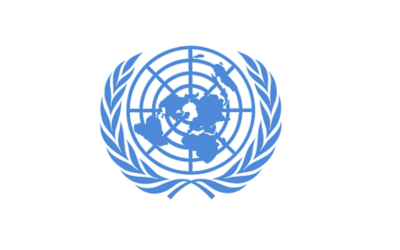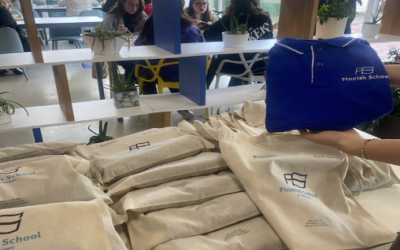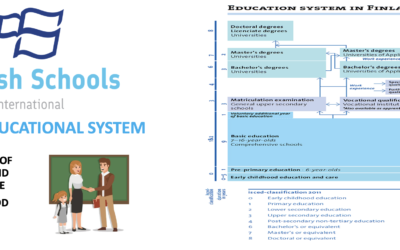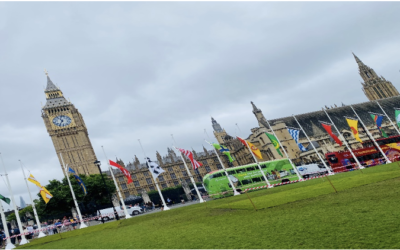Innovation and Improvement in Education
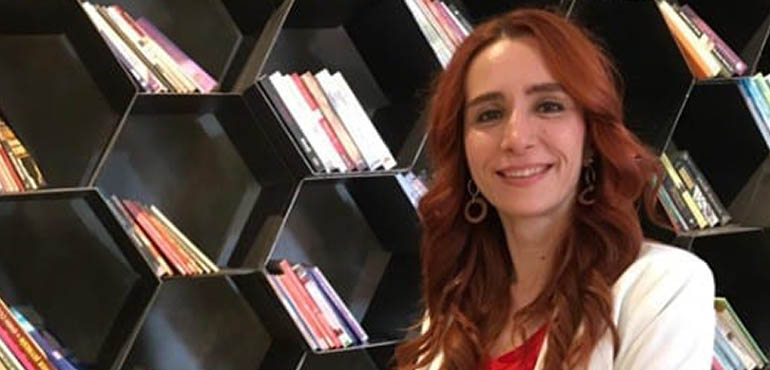
Education has always been an area of constant change and improvement in the pursuit to seek excellence. However, today it has become even more urgent and challenging to keep up with the pace of educational improvement in a world where information is transferred so fast and easily as well as new methods, models and systems. As teachers and leaders of education from all around the world, we believe in the necessity of educational innovation and improvement. Unfortunately, only a few practicing educators have a chance to apprentice themselves to other people and organizations that successfully implement an innovation or improvement plan at a large scale. We work at our schools spending time in our classrooms and systems every day, but still, how is it possible to initiate effective change?
Improving our teaching methods and techniques as teachers seem to be the relatively easier than systematic innovations and changes in an educational environment. Teacher training seminars, online certificate programs, numerous educational websites and resources can help teachers in the process. Individual efforts to learn and apply modern methods that align with the 21st century requirements, without doubt, would contribute a lot to teachers in this regard.
On the other hand, individual efforts may fail to inspire or initiate a transformation at a larger scale in most cases if not supported by education leaders or stakeholders. Only a common understanding and motivation of all team members to go beyond the conventional methods would initiate comprehensive innovation and improvement in schools and systems.
What do we need to do to create a better learning environment? What are the physical limitations? What are the challenges? What are the expectations of the community? We can only come up with a plan to improve learning outcomes considering the answers to all these questions in schools and systems.
Today, best educational systems are designed to foster a learning environment where students can thrive and fulfill themselves. In our pursuit to innovate and improve, these systems with amazing outcomes such as the Finnish system or the Canadian system can inspire us to create the best improvement plan for our schools. Even the best systems need to be improved, and educational leaders can always create their best and unique version of these systems.
The contributions of non-profit organizations and companies that offer supporting services should also be mentioned in the process of innovation and improvement. Michigan University Professor David Peurach points to the example of Reading Recovery which “coordinates schools in new ways to provide intense support for first grade students who are struggling to learn to read. Reading Recovery was established in New Zealand in the 1970s, and from the 1980s to the present has spread around the world”. In the US, Canada, Australia, the UK and other countries, a sort of meta-network of hub councils, institutes and centers, support regional offices and schools in using and refining the program and its resources. These organizations support students, teachers, and leaders in producing, using, and refining the practical knowledge, the know-how needed to enact their work in new ways, at higher levels, and with tighter coordination. The existence of these organizations and enterprises significantly contribute to educational innovation and improvement.
Effective innovation and improvement in education can be achieved by the coordination and cooperation of stakeholders, educational leaders, educators, educational companies, and non-profit organizations. As long as we believe in the necessity of change, there appears to be numerous successful models and systems to adapt beside various ways to deal with and overcome challenges.

